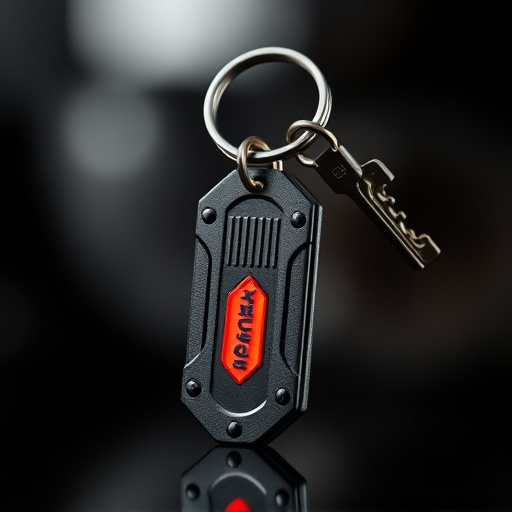Understanding Self Defense Keychain Laws by State is crucial before acquiring such a device, as regulations vary widely across the US. Selecting durable metals like stainless steel or titanium ensures longevity and effectiveness while adhering to legal requirements. Ergonomic design with comfortable grip and textured surfaces prevents accidental drops, accommodating various hand sizes legally.
“Unleash your personal safety with a well-designed metal self-defense keychain. This comprehensive guide navigates the intricate balance between functionality and legality, ensuring you’re prepared for any situation. Explore the intricacies of metal defense keychains, from understanding varying state laws on Self Defense Keychain Laws by State to mastering ergonomic design tips that promise a secure, comfortable grip. Elevate your self-defense arsenal with our expert advice.”
- Understanding Self Defense Keychain Legalities
- Choosing Metal for Optimal Grip and Durability
- Ergonomic Design Tips for Easy Handling
Understanding Self Defense Keychain Legalities
Before designing or purchasing a self-defense keychain, it’s crucial to understand the legalities involved, as these laws vary significantly across different states in the US. Self-defense keychain laws by state dictate when and where such devices can be carried legally. Some states allow them for personal protection anywhere outside your home, while others restrict their use to specific locations like your vehicle or place of work. It’s essential to check local statutes to avoid any legal repercussions.
Understanding these regulations is vital to ensure the keychain remains a practical and safe tool. Each state has its own set of rules regarding self-defense devices, with considerations around what constitutes reasonable force and where open carry is permitted. Staying informed about Self Defense Keychain Laws by State will help you make an informed decision when choosing or creating your defense accessory.
Choosing Metal for Optimal Grip and Durability
When designing a metal defense keychain, selecting the right material is paramount for both grip and longevity. Opting for high-quality metals like stainless steel or titanium ensures your keychain stands the test of time and maintains a secure grip. These materials are renowned for their exceptional durability, resisting rust and corrosion, which are common issues with lower-grade metals.
Moreover, considering the self-defense aspect, a sturdy metal construction provides the necessary strength to effectively deploy the keychain when needed. With varying Self Defense Keychain Laws by State, having a reliable and durable tool is crucial. The right metal choice guarantees that your keychain remains functional, offering both security and peace of mind, regardless of where you are or what laws govern self-defense tools in your state.
Ergonomic Design Tips for Easy Handling
When designing a metal defense keychain, ergonomic considerations are key for ensuring easy handling and maximum effectiveness in self-defense situations. The grip should be designed to fit comfortably in the hand, allowing for quick and secure control. This means incorporating contoured shapes that conform to the natural curves of the palm and fingers, reducing strain during intense use. Textured surfaces can also enhance grip, preventing accidental drops when every second counts.
Additionally, keep in mind the varying hand sizes among users. A versatile design should accommodate hands of different girths while maintaining a secure grip. Understanding state-specific Self Defense Keychain Laws is crucial; some regions have regulations regarding the size and functionality of self-defense tools carried on keys. Adhering to these laws ensures your keychain’s legality, providing peace of mind for users facing potential legal repercussions in unexpected situations.
When designing a metal self-defense keychain, stay informed about local Self Defense Keychain Laws by State while leveraging metal’s superior grip and durability. Implement ergonomic design principles for comfortable handling and consider user safety as a top priority. By combining these tips, you can create an effective yet responsible self-defense tool.
